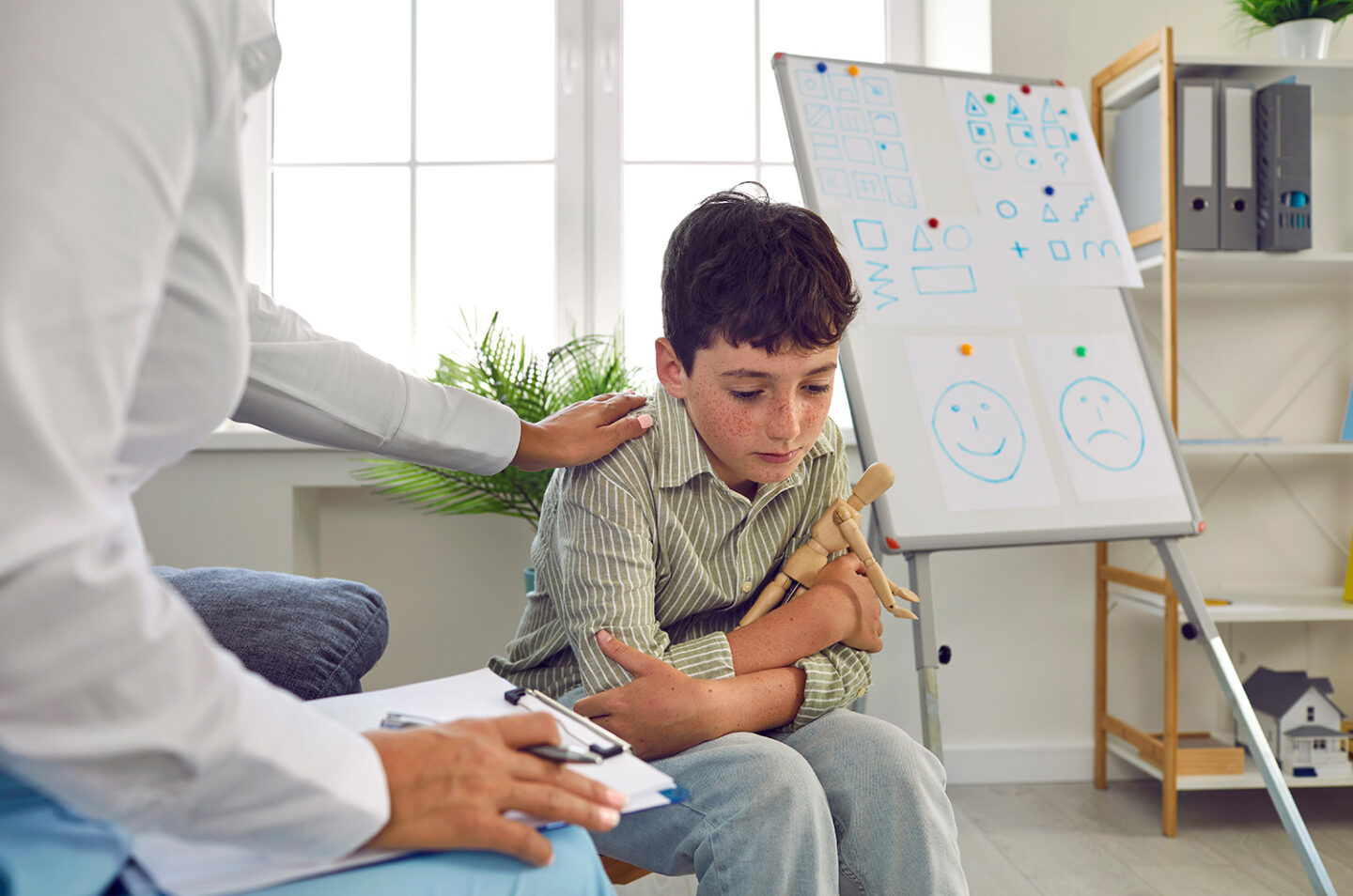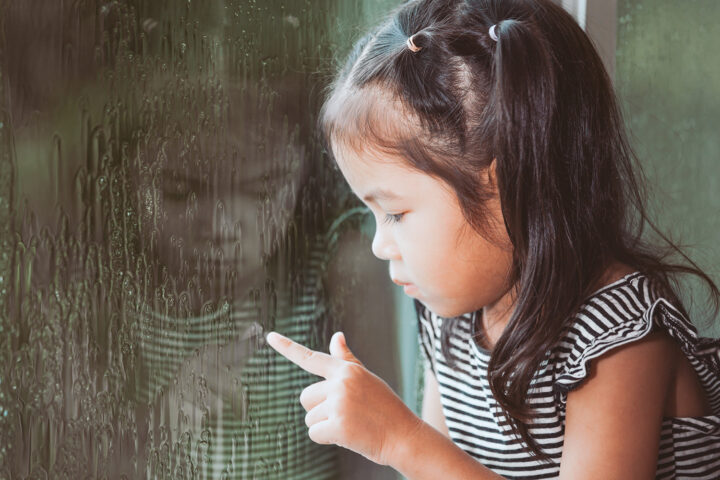Parents play a critical role in helping children process grief through activities that are developmentally appropriate by centering play and incorporating strategies to enhance body awareness. Somatic and creative approaches can be powerful tools for helping children regulate their emotions and find a sense of safety.
Creative Approaches
Creative activities offer an accessible way for children to make meaning from loss. Drawing, painting, collage, and storytelling activities can provide children with a way to express and externalize emotions they may not yet have words for (Edgar-Bailey & Kress, 2010) (Mukba & Akbaş, 2023). Legacy-building activities—such as creating a family tree, memory boxes, writing letters, or making artwork in honor of someone or something lost memory boxes, scrapbooks, or simple commemorative rituals—can help children hold on to meaningful connections while adjusting to change, and help children make sense of loss and feel connected to what or who they’ve lost (Lawrence et.al., 2022). These kinds of activities not only provide emotional outlets but also help children develop language, self-awareness, and resilience over time.
Body-based Approaches
Children often experience grief physically as well as emotionally. There is a wide variety of simple body-based practices that can be done at home. For example, the “self-holding” exercise, developed by Peter Levine, involves a child gently crossing their arms over their chest or wrapping themselves in a blanket, which can create a soothing sense of containment (Hanson, 2013). Body mapping—where children outline their body on paper and use colors or drawings to show where they feel different emotions—can help them build awareness of how grief lives in their body (Edgar-Bailey & Kress, 2010). Simple exercises like stretching, gentle movement, and guided relaxation activities like progressive muscle relaxation can help them notice and release tension in the body and support emotional release and grounding (Köse Kabakcıoğlu & Ayaz-Alkaya, 2024). For elementary-age children, physical play is especially important for developing healthy bones, muscles, and imagination (McCoyd et al., 2021). Play therapy supports healthy development by offering children the opportunity to process grief while engaging their bodies in safe and structured ways.
The Benefits of Therapy
Therapy can be an invaluable support alongside what happens at home. Therapy can provide a safe, supportive environment for children to explore all their emotions, grief, understand their reactions, learn and practice healthy coping strategies, and receive validation. Therapists can also guide parents on how to reinforce skills at home, tailor activities to their child’s unique needs, and honor the child’s cultural or family context.
Grief is a natural part of life, and children need guidance to navigate all types of loss—death, disenfranchised, and ambiguous. By combining understanding, creative, and body-based interventions, and additional professional supports when needed, parents can help children process grief safely, build resilience, and thrive. With warmth, consistent support, and opportunities for expression, children can learn to navigate and process grief with strength and hope.
If your child is in need of help, reach out to us. We have therapists in Beaverton who specialize in working with children.
References:
- Edgar-Bailey, M., & Kress, V. E. (2010). Resolving Child and Adolescent Traumatic Grief: Creative Techniques and Interventions. Journal of Creativity in Mental Health, 5(2), 158–176. https://doi.org/10.1080/15401383.2010.485090
- Hanson, H. (2013). Peter Levine’s 2 Step Self-Holding Exercise. The Art of Healing Trauma https://www.new-synapse.com/aps/wordpress/wp-content/uploads/2016/04/printable-2-step-self-holding.pdf
- Köse Kabakcıoğlu, N., & Ayaz-Alkaya, S. (2024). The effect of progressive muscle relaxation on stress, anxiety, and depression in adolescents: A quasi-experimental design. Journal of Pediatric Nursing, 78, 89–96. https://doi.org/10.1016/j.pedn.2024.06.014
- Lawrence, A., Jones, M., & Boles, J. (2022). Helping children cope with loss: Legacy interventions for the grieving classroom. Continuity in Education, 3(1), 92–100. https://doi.org/10.5334/cie.45
- Mukba, G., & Akbaş, T. (2023). Examination of Children’s Grief Experiences Through Storytelling-based Systemic Intervention: Case Study. Children and Youth Services Review, 152, 107078. doi:10.1016/j.childyouth.2023.107078
- McCoyd, J., Koller, J., & Walter, C. (2021). Grief and Loss Across the Lifespan: A Biopsychosocial Perspective (3rd ed.). Springer Publishing Company https://doi.org/10.1891/9780826149640


